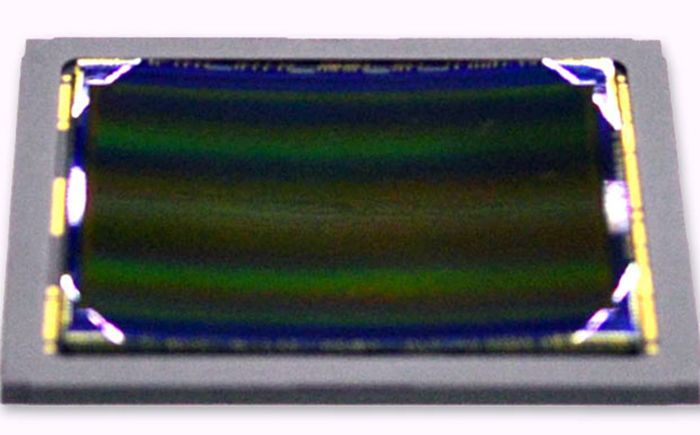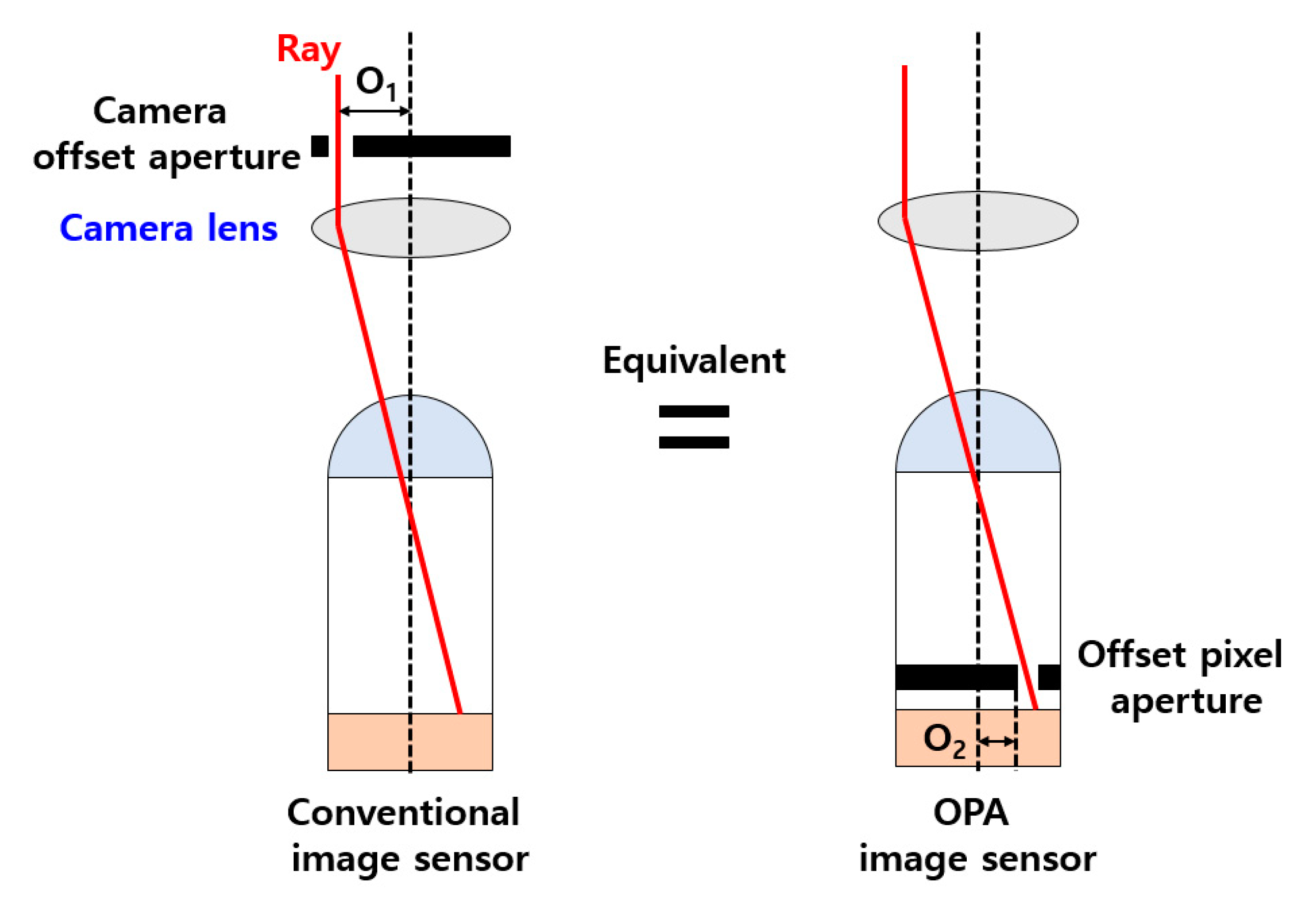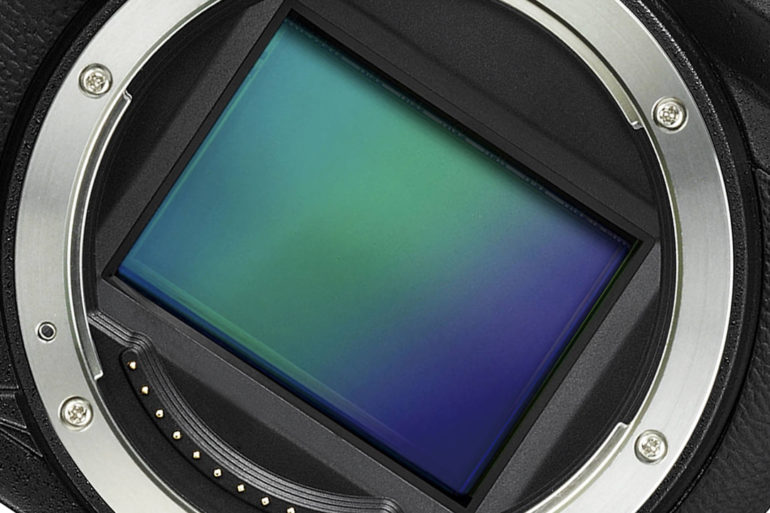

Usually, there's a little variation and sensor-makers round to the nearest somewhat-standard fraction, but occasionally, as with the 1/1.83" Nokia N8, a very-specific number is given, in which case it's almost certain that they're following the 1" = 16mm rule literally. This rule matches the 1"-format designation for this sensor: 13.2mm × 8.8mm has a diagonal of 15.9mm, and you can see how it roughly applies to the other typical compact digicam formats as well. 1/2.5" - use the corresponding fraction of 16mm. For example, a crop factor of 1.5x means that the diagonal size of the cameras sensor is 1.5 times smaller than the diagonal size of a full-frame sensor. Or, for formats smaller than an inch - very typical, e.g.

(Yes, it mixes imperial and metric measurements.) So, for each "inch" in a sensor format designation, translate that to approximately 16mm of sensor diagonal. The common 1 circular video camera tubes have a rectangular photo sensitive area about 16 mm diagonal, so a digital sensor with a 16 mm diagonal size is a. Smaller camera sensors such as a standard 22.3mm width, APS-C Sensor ( see graphic above ), would have a crop factor of approximately 1.6.
#Frame sensor diagonal full#
A full frame camera would have a Crop Factor of 1, 43.3mm/43.3mm. Often a lens falls between 35mm to 55mm can be categorized as standard focal length. Camera Crop Factor 43.3 / Camera Sensor Diagonal Distance. For a full frame sensor, your focal length would come in right around 42mm. So, from way back then, there's a concept called "the rule of 16", which says that the usable, actual sensor diagonal for a 1" tube is 16mm. Standard Lens (35mm-55mm) A standard lens has a set (prime) focal length that is around the same length as the sensor or film (measured diagonally). These were measured in inches diagonal, but for various practical reasons, the entire circle isn't used. lens that covers the LF sensor will appear 1.5x wider than it does on.

Digital camera sensor format-size names have their roots in television camera tubes. The angle of view of a lens changes based on sensor size.


 0 kommentar(er)
0 kommentar(er)
